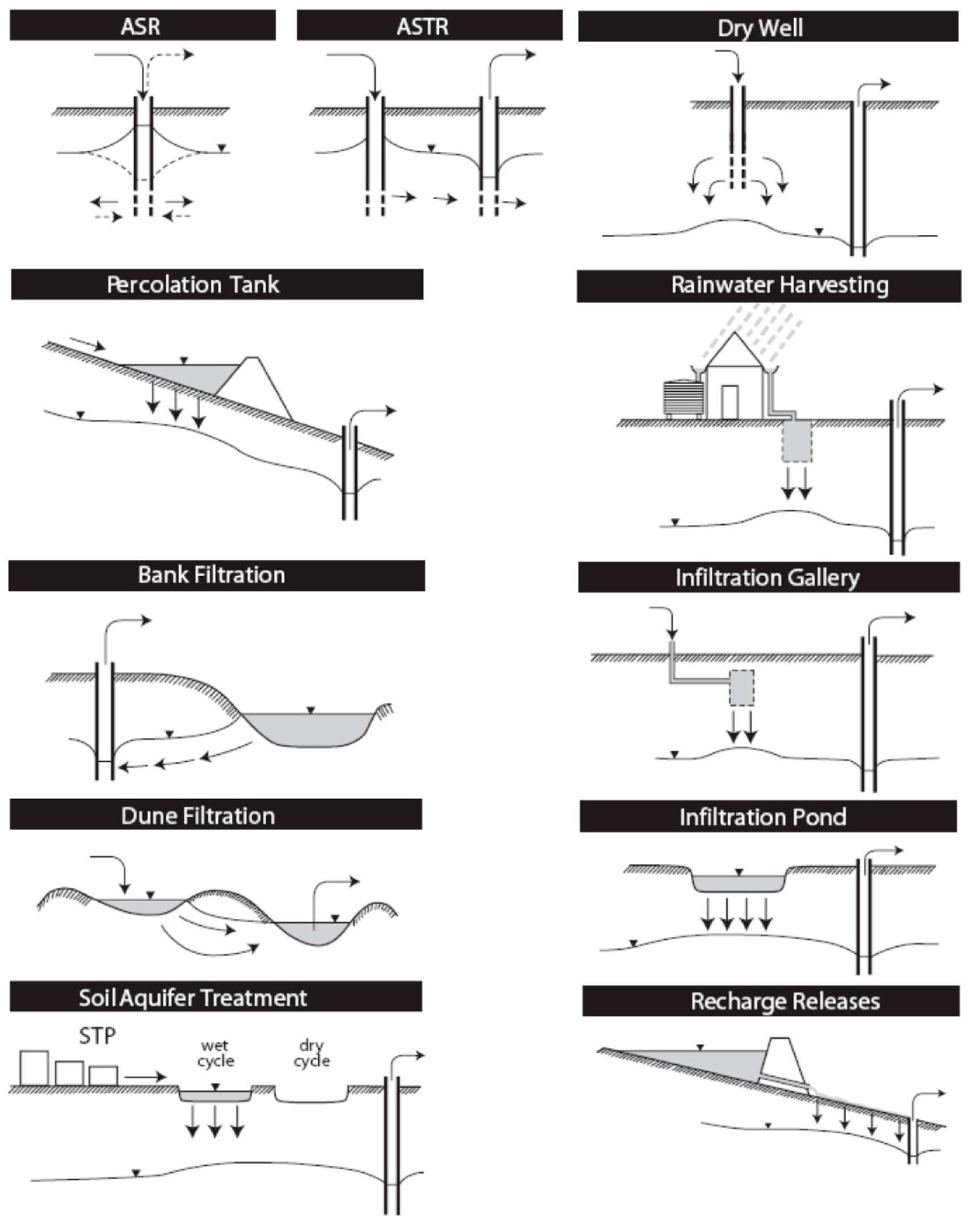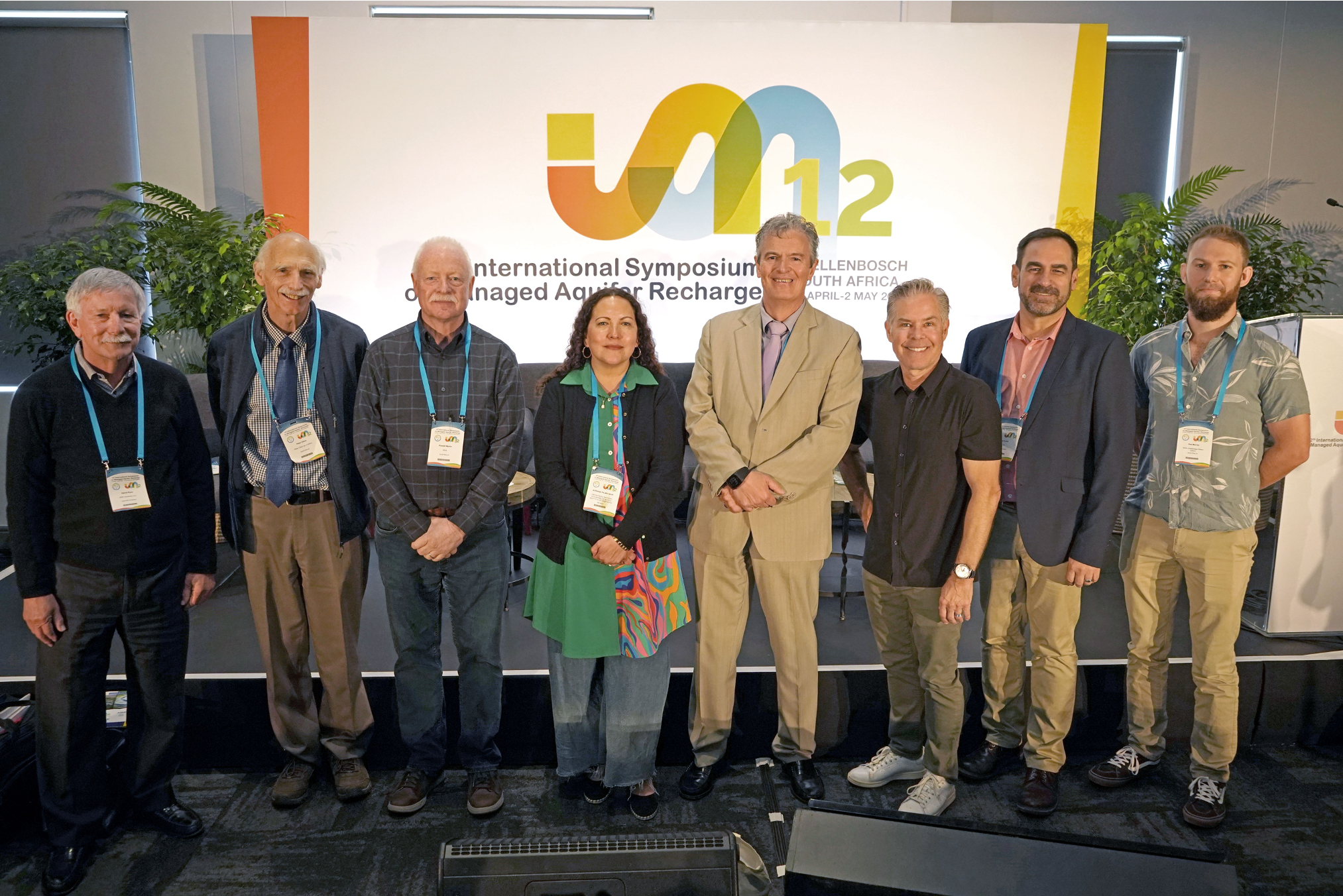Shaping the future of water: insights from ISMAR12 and the promise of Managed Aquifer Recharge (MAR)
Aquifer recharge by FieldFactors.
Water is life. Yet in many parts of the world, this essential resource is increasingly scarce, overstressed, or mismanaged. Managed Aquifer Recharge (MAR) is a practical, scalable solution to rebalance our water cycle, especially in the face of climate change and rapid urbanization. At FieldFactors, MAR sits at the heart of our mission to Use the Rain. And this year, our journey brought us to ISMAR, the International Symposium on Managed Aquifer Recharge, one of the world's most important gatherings of water recharge experts, visionaries and innovators.
What Is Managed Aquifer Recharge?
Let’s start with the basics.
Managed Aquifer Recharge (MAR) is “the purposeful recharge of water to aquifers for subsequent recovery or environmental benefit.” (UNESCO IGRAC)
In other words, MAR is about deliberately putting water back into underground aquifers, often through infiltration basins, wells, or natural channels, so that it can be stored and used later, either for drinking, agriculture, or to support ecosystems. It’s an age-old idea, updated with 21st-century science, monitoring, and engineering.
Modified from Dillon, 2005
From dunes to rooftops: MAR comes in many forms
MAR isn’t a one-size-fits-all approach. It includes:
Soil Aquifer Treatment (SAT)
Aquifer Storage and Recovery (ASR)
River Bank Filtration (RBF)
Infiltration via stormwater basins, canals, and rooftops
Historical schemes like Spain’s ancient careos channels
This versatility makes MAR a powerful tool for urban and rural contexts alike.
MAR and FieldFactors: Urban waterBuffer at Sparta Stadium
At FieldFactors, our Urban WaterBuffer is a fully integrated MAR system that captures, treats, stores, and reuses rainwater. A standout example is our installation at Sparta Stadium in Rotterdam, where stormwater is retained, filtered through the BlueBioFilter and infiltrated into the aquifer via an ASR scheme.
This is more than a pilot, it’s our core value proposition: storing water locally to close the loop and reduce pressure on traditional infrastructure.
From Zuurbier et al. 2019
ISMAR: The Global Hub for Aquifer Recharge Innovation
ISMAR12
Held every 3–4 years, the International Symposium on Managed Aquifer Recharge (ISMAR) began in 1988 in California. It has since become the premier event for anyone working on sustainable water recharge. Backed by organizations like IAH, ASCE and UNESCO, ISMAR brings together technical experts, government planners and innovators from across the globe.
Key Milestones in ISMAR History
1988 – Anaheim, CA: The 1st symposium on artificial recharge
2002 – Adelaide: Rebranded as ISMAR
2016 – Mexico City: Focus on urban recharge in water-stressed regions
2022 – Long Beach: Post-pandemic restart with new global urgency
2025 – Stellenbosch, South Africa: The next frontier for water innovation
Highlights from ISMAR 12
ISMAR 11 offered a stunning breadth of insight, from centuries-old careos in Spain to futuristic water treatment plants in South Africa. Here are some standouts:
From Martos-Rosillo et al.
🌿 Careos of the Sierra Navada
Presented by Martos-Rosillo et al., these ancient channels, some over 57 km long, divert river water to recharge groundwater naturally. Operating in the rainy season, they provide 49% total recharge and year-round spring flow. A striking reminder that low-tech can still be high-impact.
From Adriana Palma Nava.
🌆 MAR Plan Development for Mexico City
Presented by Adriana Palma Nava. A city of 22 million people with a critical aquifer overdraft. The MAR inventory identifies 900 million m³ of recharge potential, enough to reverse overdraft, if implementation challenges like poor design and high costs can be overcome.
From David McGibbon et al.
🌍 ARES Aquifer Recharge Enhancement Scheme - South Africa
Presented by David McGibbon et al., this project will infiltrate 10,000 m³/day of highly treated wastewater into the Cape Flats aquifer using ozonation and biologically activated carbon filtration; an advanced blueprint for urban water cycle resilience.
From Russel Martin.
🌧️ Direct Rainwater Harvesting from Urban Developments in Ballarat
Presented by Russel Martin. Demonstrates the growing relevance of direct urban rainwater harvesting as a MAR method, especially for decentralized or peri-urban developments.
Why ISMAR matters to FieldFactors
ISMAR isn’t just about showcasing what’s possible, it’s about building partnerships, sharing knowledge, and pushing the boundaries of sustainable water use. It connects us with leading minds like Peter Dillon, Adriana Palma Nava, and Enrique Fernandez Escalante, while reinforcing the credibility of our work in places like Sparta Stadium and beyond.
Most importantly, ISMAR shows us that local, circular water solutions like the Urban WaterBuffer are not just innovative, they're essential.
Looking ahead: MAR as the new norm
As climate extremes intensify and water stress spreads, MAR is no longer optional. It’s a necessary part of urban and agricultural resilience. ISMAR gives us a global platform to refine, scale, and share what works—and at FieldFactors, we’re proud to be part of this evolving story.
Use the Rain. Recharge the Earth. Shape the Future.









